“Ooooh that smell, Can’t you smell that smell?”
Did someone bring cheese to the gym? No, it is just the guy next you working out barefoot. This is a scenario (hopefully minus the smelly feet) that is happening in gyms all across the world right now. In fact, this trend has really become popular over the past decade. But, what exactly is the deal with barefoot training? Why are so many people doing it? And should you implement it into your workouts? Well, lets dive into the facts before barefoot training.
Barefoot training started as a running fad, but quickly made it’s way into the general workout world.
When barefoot, and minimalist shoe training was first introduce about a decade ago, it started as a technique used by runners to strengthen the muscles in their feet and ankles while running. The theory behind this is correct, unfortunately this technique was implemented to quickly for a lot of people, leading to injuries, and hence giving it a bad rap (I will get to this point later on). There are a lot of benefits to training without shoes on, or with minimalist shoes, but the key is to work up to the point of full intensity. Just like you wouldn’t hop under a bar with 405 pounds on it for the first time you squat, you wouldn’t want to go run 10 miles on the first day of wearing minimalist shoes, or even barefoot.
Showing up to the office on Monday morning with no shoes on is generally frowned upon.
Wearing shoes is just a normal part of our lives, but are we worse off for it? In my opinion, the answer to that is yes. Shoes were invented to protect our feet from dangerous objects that we might come in contact with. For that I am grateful, but the first shoes were basically a piece of cloth which still allowed our feet to function properly. As time went on and technology developed more comfortable and stylish shoes, the shoes themselves started taking on a bigger role than just protection. They become the basis for stabilizing our entire body.
Shoes have become a crutch to our feet.
With the amount of padding in the soles of our shoes, and the ability to tie your shoes as tightly as you need to, they have completely taken away our body’s own natural ability to stabilize with our feet and ankles. Think about if you have ever broken your arm, and what happens when you get the cast taken off after a few weeks. The muscles in your arm are, by comparison, weaker than they were prior to breaking it. This is because the cast has limited the amount of movement and function (of course, this is done purposely to let your arm heal) of the muscles in your arm. Now, imagine wearing a cast for 12 hours each day, everyday of your life! This is exactly what wearing shoes does to the muscles in your feet and ankles. Since they are artificially supported through wearing shoes, the muscles in your feet become weak since they are not being used regularly.
Another issue with wearing shoes is the way that it negatively impacts our natural ability to balance. Generally speaking, your feet are the first contact point to send a single from the ground to your brain. There are tons of nerve endings and sensors in your feet that go to work to send feedback to your brain. Unfortunately, these signals become duller over time as we wear shoes. They are not needed, because the shoes are artificially stabilizing and balancing for you. When they are no longer needed, the sensors become less apt to work to their fullest functionality.
Should you start exercising barefoot?
The long answer is yes. However, there needs to be a process to working up to complete barefoot training. If you spent the better part of your life in shoes, you need to wake your feet up slowly. Start by doing some light body weight movements like squats, lunges and walking. After some time, your feet will start to get used to functioning the way they were meant to function. Your ankles and feet will become stronger, and it will be more natural for you to exercise without shoes on. You may also find that you will become stronger in certain exercises like deadlifts and squats. This is because your feet are flatter, and give you more of a force to drive into the floor with. When you have shoes one, the cushion of the sole absorbs some of the energy, leaving some strength gains left on the table.

